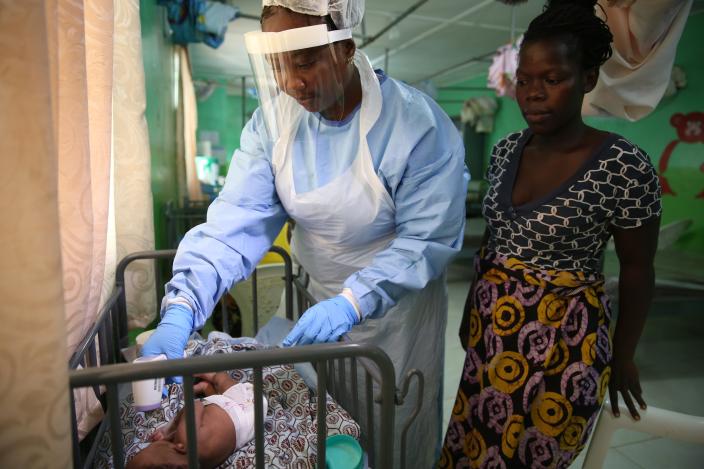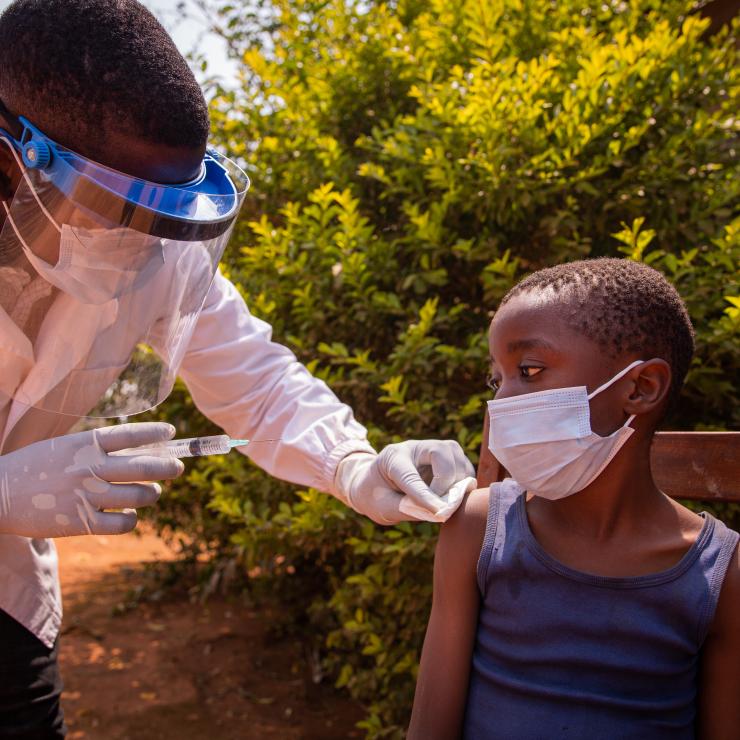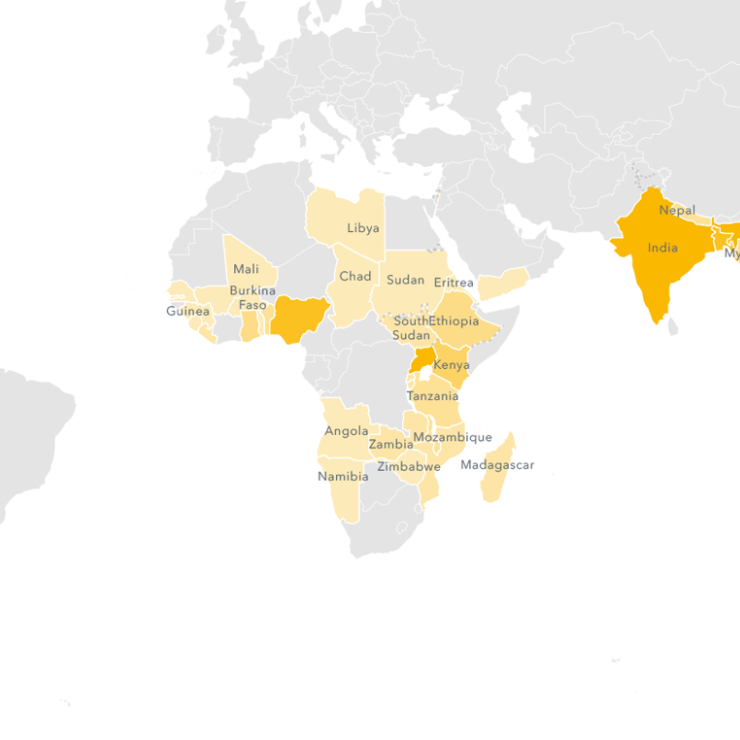Country-level Interventions
SEforALL and other partners provide a range of support at the country level for healthcare electrification, including market assessments and targeted, technical assistance and strategic advisory support to governments and their development partners in designing and implementing health facility electrification strategies. Such market assessments and electrification strategies not only help inform large-scale national implementation but also guide coordination within the sector. The following resources are from stakeholders’ work in different countries.
Sierra Leone
38%
Health facilities that lack access to power.
64 m $
Investment needed overall to electrify healthcare facilities.

This Market Assessment and Roadmap for Health Facilities in Sierra Leone found that 38 percent of health facilities in the country lack access to power. Those that have access to solar PV, community mini-grids, diesel generators, or the main grid also suffer from either insufficient power or unreliable power. As a result, it is estimated that more than 1,000 health facilities need either a complete power solution or a back-up solution, requiring an investment of approximately USD 64 million.

In Sierra Leone, a lack of affordable and reliable electricity access means that social services such as healthcare facilities are unable to power key equipment, leading to poor health outcomes and putting lives at risk.
The project will electrify six key hospitals in Freetown, Kambia, Masanga, Kabala and Bonthe, with a combined total of more than 0.6 megawatt-peak (MWp) of installed solar PV capacity with battery storage.
Nigeria
40%
Health facilities that lack access to power.
525 m $
Investment needed overall to electrify healthcare facilities.
Rwanda
26%
Health facilities that lack access to power.
10 m $
Investment needed for the electrification and sustainable operation of the health facilities
Madagascar
75%
Basic healthcare centres which have no access to electricity
83 m $
Estimated potential market for health facility electrification by 2030







